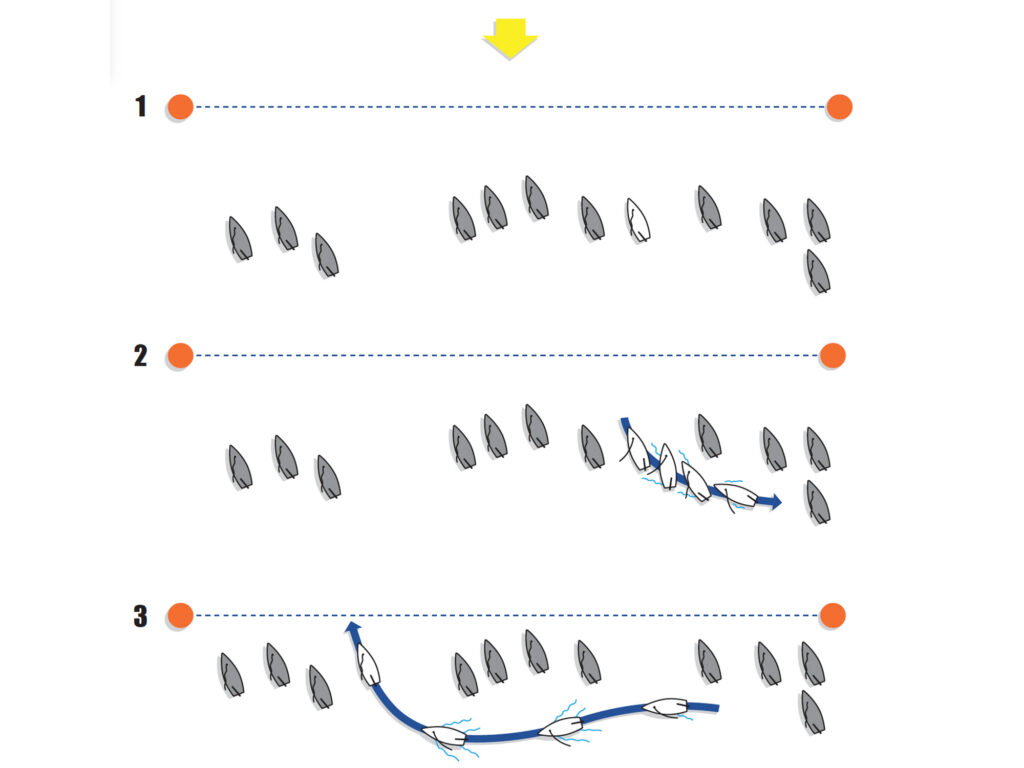
Four High-Level Starting Moves
There are those who wait for a good start and those who take matters into their own hands.

There are those who wait for a good start and those who take matters into their own hands.

Following a few basic steps and implementing a pre-start routine ensures consistently good starts. Here’s your go-to primer.
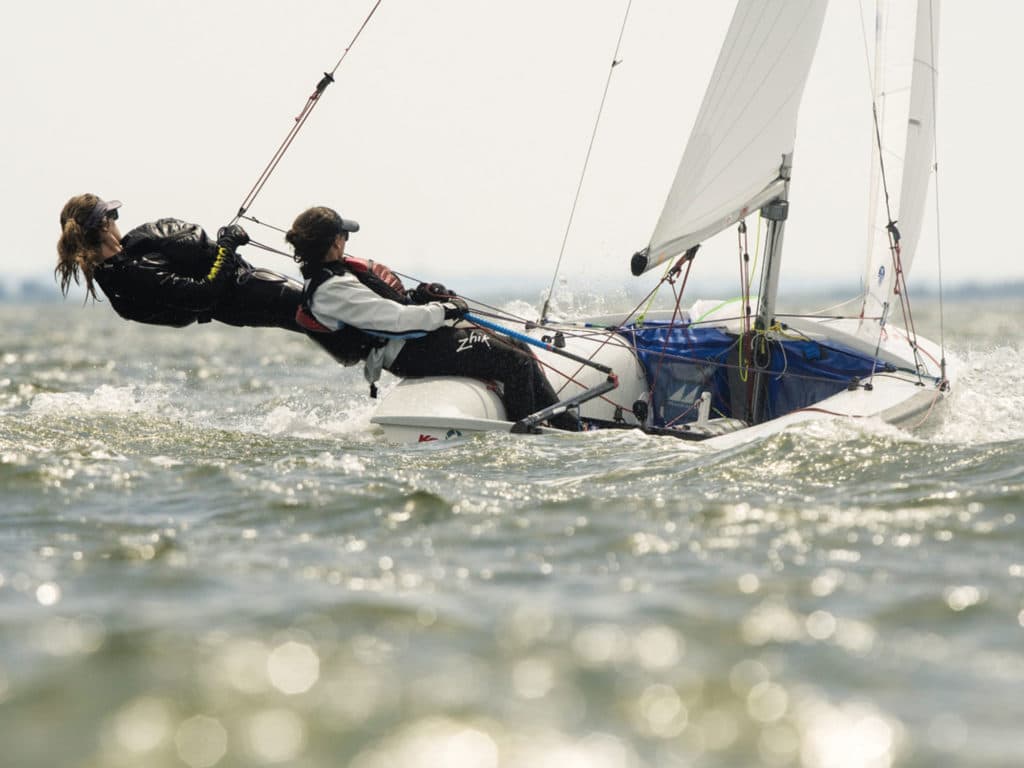
The bigger the fleet, the harder it can be to score consistent top finishes, but a couple of young 420 aces show how it can be done.

Professional coach and champion sailor Mike Ingham guides us through the steps to defending a position on the starting line to get a fast and clean start.
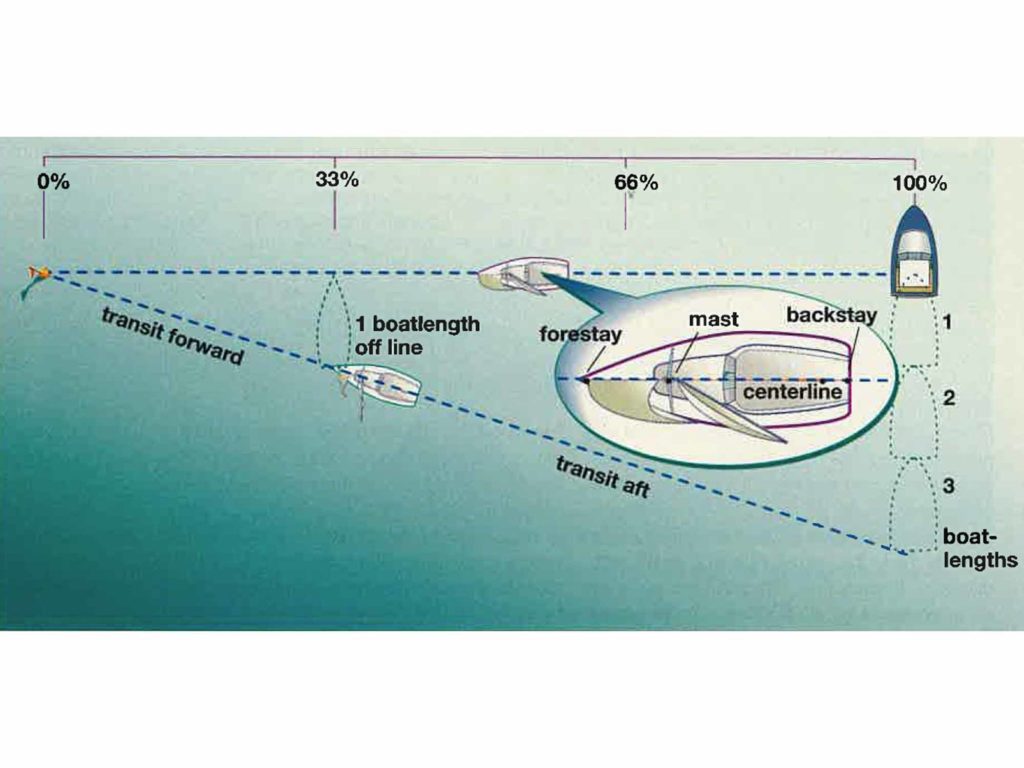
When sailing in open water, you can find the starting line using a transit. From Sailing World, November 1995

We’ve all been there, but the key is to remember the race is far from over—patience and boatspeed can save the day. From Sailing World, February, 2007

The building blocks of a good start are understanding the line setup, how quickly you approach, and making sure you’re at full speed.
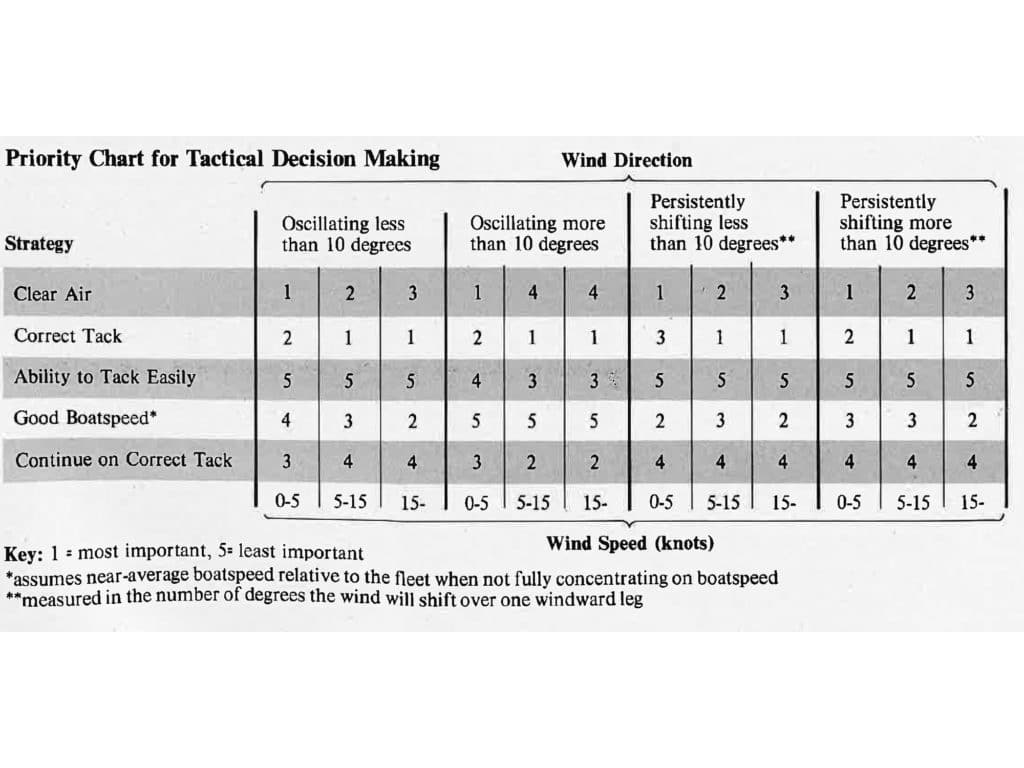
Professional sailor, Ed Baird, revisits an instructional column from the 1981 issue of Yacht Racing/Cruising (Sailing World) about how to make decisions in the first minutes of the race.
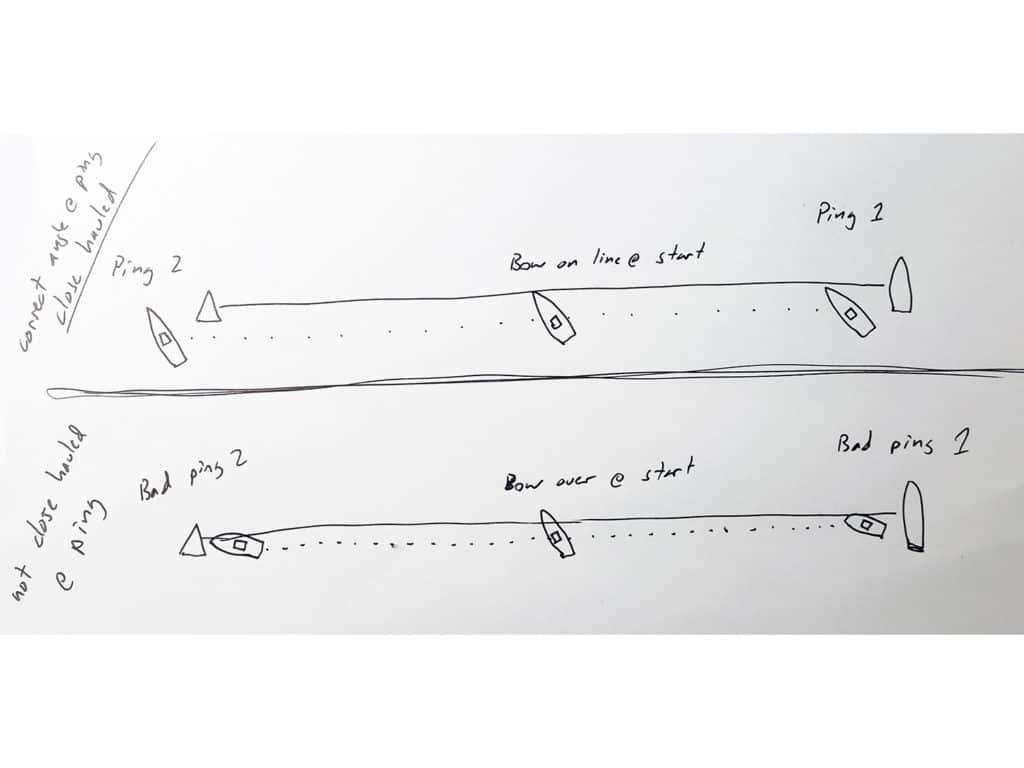
One of my little pet peeves is inaccurate line pinging. It’s important to take your time and be accurate. Good input in equals good input out.

Want to be able to hold your position on the line with the best of them? In dinghy sailing and skiff sailing, down-speed boathandling will

Trying out a new class is one way to learn more about boatspeed. Step one to getting up to speed? Proper preparation.

Terry Hutchinson provides rules of thumb for when to foot and when to pinch.

There are those who wait for a good start and those who take matters into their own hands.

Following a few basic steps and implementing a pre-start routine ensures consistently good starts. Here’s your go-to primer.

The bigger the fleet, the harder it can be to score consistent top finishes, but a couple of young 420 aces show how it can be done.

Professional coach and champion sailor Mike Ingham guides us through the steps to defending a position on the starting line to get a fast and clean start.

When sailing in open water, you can find the starting line using a transit. From Sailing World, November 1995

We’ve all been there, but the key is to remember the race is far from over—patience and boatspeed can save the day. From Sailing World, February, 2007

The building blocks of a good start are understanding the line setup, how quickly you approach, and making sure you’re at full speed.

Professional sailor, Ed Baird, revisits an instructional column from the 1981 issue of Yacht Racing/Cruising (Sailing World) about how to make decisions in the first minutes of the race.

One of my little pet peeves is inaccurate line pinging. It’s important to take your time and be accurate. Good input in equals good input out.

Want to be able to hold your position on the line with the best of them? In dinghy sailing and skiff sailing, down-speed boathandling will

Trying out a new class is one way to learn more about boatspeed. Step one to getting up to speed? Proper preparation.

Terry Hutchinson provides rules of thumb for when to foot and when to pinch.
Sign up for Sailing World emails to receive features on travel destinations, event listings and product reviews as well as special offers on behalf of Sailing World’s partners.
By signing up you agree to receive communications from Sailing World and select partners in accordance with our Privacy Policy. You may opt out of email messages/withdraw consent at any time.